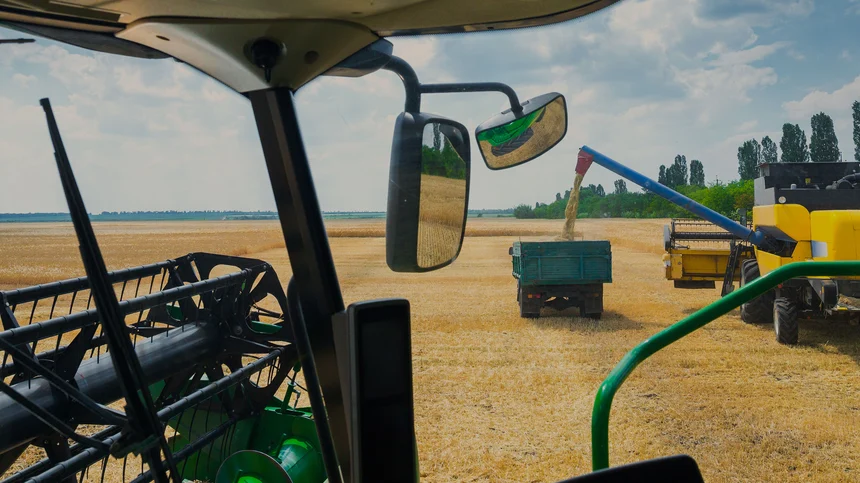Marketing grain using options and futures can offer farmers and grain producers several benefits and risk management strategies. Here are some compelling reasons to consider using options and futures in grain marketing:
1. **Price Risk Management:** Options and futures allow farmers to hedge against price volatility. By locking in a specific price for their grain through futures contracts or establishing price floors with put options, farmers can protect themselves from unexpected price drops.
2. **Income Stability:** Hedging with futures and options can provide a level of income stability. It ensures that farmers have a predetermined price for their grain, helping them plan their budgets and financial strategies more effectively.
3. **Speculation:** Traders who anticipate price movements can use futures and options to speculate on grain prices. This can be a profitable strategy for individuals and institutions looking to capitalize on price fluctuations.
4. **Flexible Marketing:** Options offer flexibility in grain marketing. For instance, a farmer can set a minimum selling price (the strike price) while still benefiting from potential price increases. If prices rise, they can sell their grain at the higher market price.
5. **Diversification:** By including futures and options in their grain marketing strategy, farmers can diversify their income sources. This can help reduce their reliance on a single source of income, making their overall financial position more stable.
6. **Reduced Storage Costs:** Instead of physically storing grain, futures contracts allow farmers to deliver grain at a later date. This can reduce storage costs and the risks associated with spoilage or damage to stored grain.
7. **Access to Global Markets:** Futures and options contracts are traded on established exchanges, providing access to global markets. This enables farmers to take advantage of international demand and price fluctuations.
8. **Risk Mitigation:** Options, such as put options, provide a form of insurance against adverse price movements. If prices fall below a specified level, the put option can be exercised, providing a guaranteed minimum price.
9. **Improved Profit Margins:** Effective use of options and futures can enhance profit margins by allowing farmers to capture price increases while protecting against downside risk.
10. **Strategic Planning:** Options and futures can be integrated into a comprehensive grain marketing plan. Farmers can use these tools to make informed decisions, align their marketing strategies with production expectations, and set achievable goals.
11. **Reduced Emotional Stress:** Volatile commodity markets can be emotionally taxing. By having a well-defined marketing plan that includes options and futures, farmers can reduce the emotional stress associated with day-to-day price fluctuations.
12. **Price Discovery:** Futures markets provide transparent price discovery mechanisms. The prices established on these markets can serve as benchmarks for grain pricing negotiations with buyers.
13. **Access to Financing:** Some financial institutions may offer financing options based on futures contracts, allowing farmers to access capital for their operations.
It's important to note that while options and futures offer numerous advantages, they also can carry significant risk and require a good understanding of the market and risk management strategies. Farmers should carefully assess their individual circumstances, risk tolerance, and market conditions before incorporating these tools into their grain marketing plans. Seeking advice from agricultural economists or financial advisors with expertise in commodities can be beneficial.



